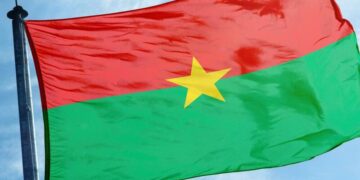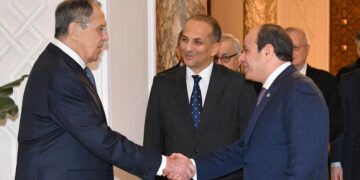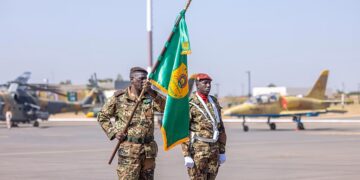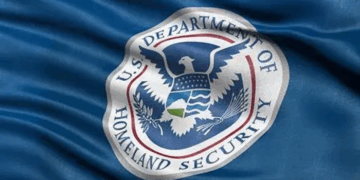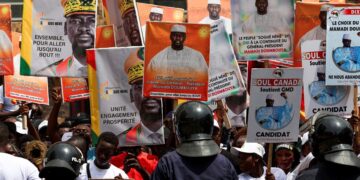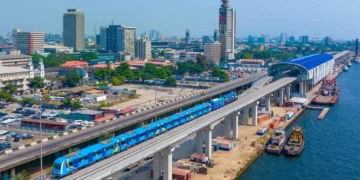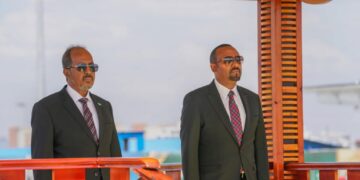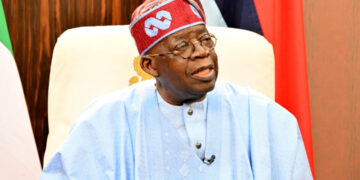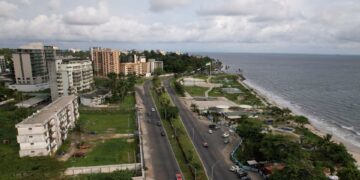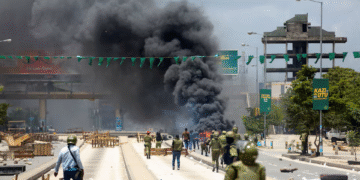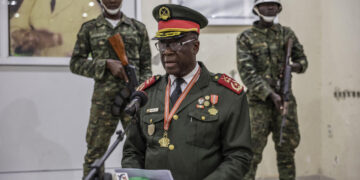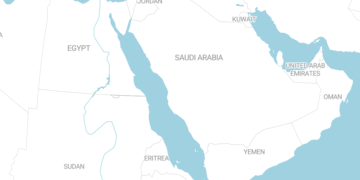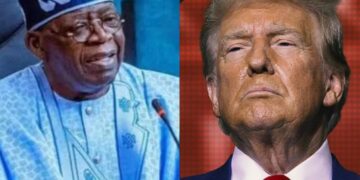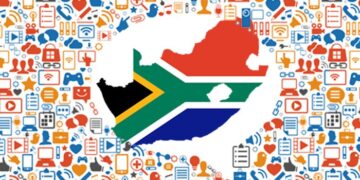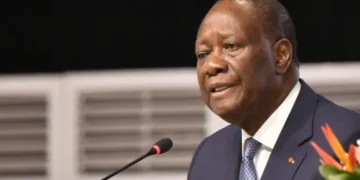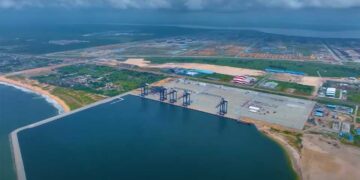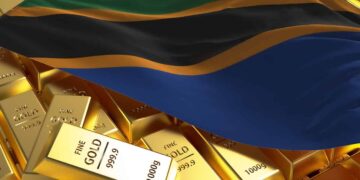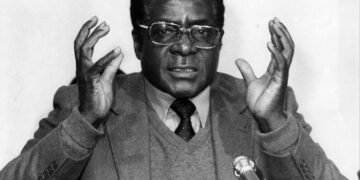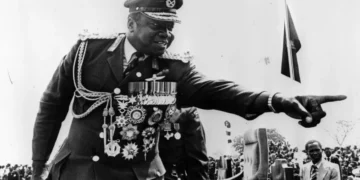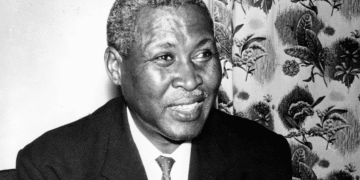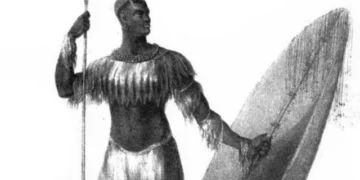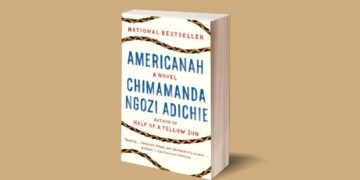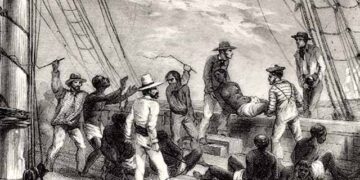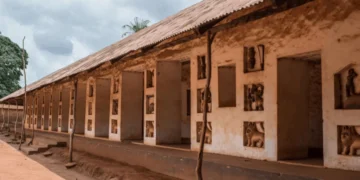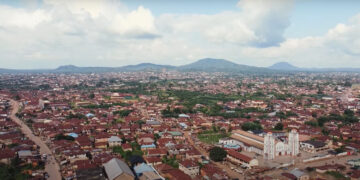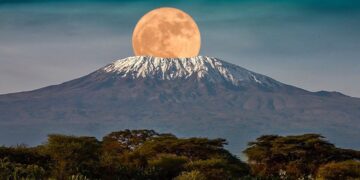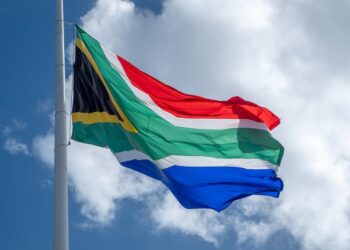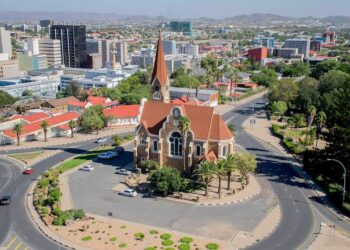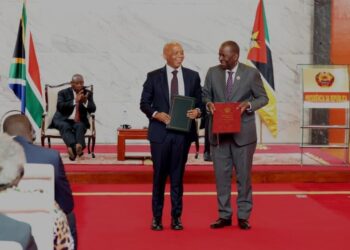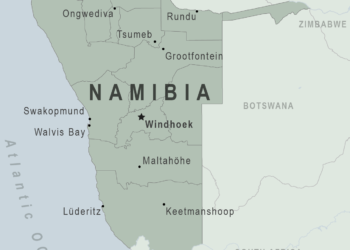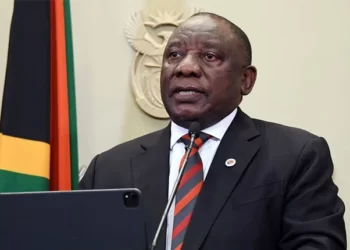South Africa, the southernmost country on the African continent. It has an area of 1,219,090 square km. Its capital is Pretoria, and largest city is Johannesburg. Officially the Republic of South Africa (RSA) and there are three capital cities in South Africa, namely the Executive Capital of Pretoria, the Judicial Capital of Bloemfontein, and the Legislative Capital of Cape Town. Its official currency is South African rand (ZAR).
Twelve languages (Afrikaans, English, Ndebele, Pedi, Sotho, South African Sign Language, Swati, Tsonga, Tswana, Venda, Xhosa, and Zulu) hold official status under the 1996 constitution (since amended), and an additional 11 (Arabic, German, Greek, Gujarati, Hebrew, Hindi, Portuguese, Sanskrit, Tamil, Telegu, and Urdu) are to be promoted and developed; all languages are spoken to varying degrees in different regions. In some rural areas most residents speak neither Afrikaans nor English, but those two languages allow for communication in most parts of the country. English appears to predominate to an increasing extent in official, educational, and formal business spheres, which reflects a shift away from Afrikaans as the predominant language of government. White South Africans form two main language groups. More than half of them are Afrikaans speakers, the descendants of mostly Dutch, French, and German settlers. The remainder consists largely of English speakers who are descended mainly from British colonists, though there are a sizable minority of Portuguese and smaller groups of Italians and others. Most of the population formerly classified as Coloured speaks Afrikaans or, to a lesser extent, English.
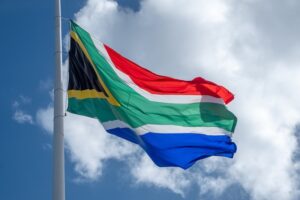
South Africa is renowned for its varied topography, great natural beauty, and cultural diversity, all of which have made the country a favoured destination for travellers since the legal ending of apartheid (Afrikaans: “apartness,” or racial separation) in 1994. Today South Africa enjoys a relatively stable mixed economy that draws on its fertile agricultural lands, abundant mineral resources, tourist attractions, and highly evolved intellectual capital. Greater political equality and economic stability, however, do not necessarily mean social tranquillity. The country possesses two small subantarctic islands, Prince Edward and Marion, situated in the Indian Ocean about 1,200 miles (1,900 km) southeast of Cape Town. The former South African possession of Walvis Bay, on the Atlantic coast some 400 miles (600 km) north of the Orange River, became part of Namibia in 1994.
Natural resources, agriculture, tourism, and manufacturing have made South Africa the largest economy on the continent. About 1/5 of the world’s gold comes from mines in South Africa. South Africa is the only country in the world to have played host to the rugby, soccer, and cricket World Cups. Nevertheless, South Africa is full of wildlife. The country takes up only about one percent of Earth’s land surface, but is home to almost 10 percent of the world’s known bird, fish, and plant species and about 6 percent of its mammal and reptile species. The country is home to the tallest animal in the world, the giraffe. Isn’t this a fascinating South Africa fact for the animal lover. The Least Dwarf Shrew, the smallest mammal in the world, lives in South Africa. The world’s largest reptile, the Leatherback Turtle, is found in South African waters. No less than eight of the world’s heritage sites are found in South Africa. South Africa is home to the largest and the slowest antelope in the world, the Eland. The whale shark is found in the ocean waters of South Africa. South Africa is home to the world’s heaviest flying bird, the Kori Bustard. About 900 different types of birds are in South Africa, which is about 10% of the total bird species on earth.
The majority of South Africans are Christians. The largest established Christian denominations directly rooted in European settlement but now drawing members from all ethnic groups are the Methodist, Roman Catholic, Anglican, and Dutch Reformed churches. A large number of people follow independent African Christian churches, which vary in size from a few to millions of members. These faiths differ widely in their degree of theological orthodoxy or heterodoxy from traditional Christian beliefs, but they tend to be more open to aspects of indigenous culture and religion and to emphasize physical and spiritual healing. There is a sizable minority that adheres to traditional beliefs. Other religions are Hinduism, among the majority of Indians; Islam, among many Indians and Malays; and Judaism, among a minority of the white population.
Islam in South Africa has grown in three different phases. The first phase brought the earliest Muslims as part of the involuntary migration of slaves, artisans, political prisoners, and political exiles from the Dutch East Indies to the Cape Colony from 1652 to 1800. The Dutch would often exile Muslim leaders from the East Indies (modern day Indonesia) to the Cape, which they also controlled. The political exiles were usually Muslim men of high ranking and wealth, who were banished as they posed a threat to the stability of Dutch rule.
The second phase was the arrival of indentured labourers from British India to work in the sugar-cane fields in Natal from 1860 to 1911. Of the approximately 176,000 Indians of all faiths who were transported to the Natal province, almost 7–10% of the first shipment were Muslims. The third phase has been marked by a wave of African Muslims following the end of apartheid in 1994. Recent figures put the number of these immigrants at approximately between 75,000 and 100,000. In addition, a considerable number of Muslims from South Asia have also arrived as economic migrants. Although the majority of Muslims are Sunni, smaller numbers are Shia, particularly in Cape Town.
The 1970s and 1980s witnessed a general trend towards an increasing political consciousness and therefore a constantly growing resistance movement against apartheid, especially after the Soweto uprisings of 1976 and the aggravation of the political and economic crisis of the apartheid system. This also affected the Muslim communities and the organisations that had been established during the 1970s or had emerged as off-shoots and transformations of already existing organisations that reshaped their aims and perspectives. Meanwhile, South Africa’s Muslims, who form an integral part of a secular society that has been affected by the respective imperialist and apartheid governments’ series of discriminatory policies between the seventeenth and twentieth centuries, like other religious minorities have been working toward building a democratic nation during the post-apartheid period.


